Are you interested in the history and impact of religion? These are the top religion museums in Mexico:
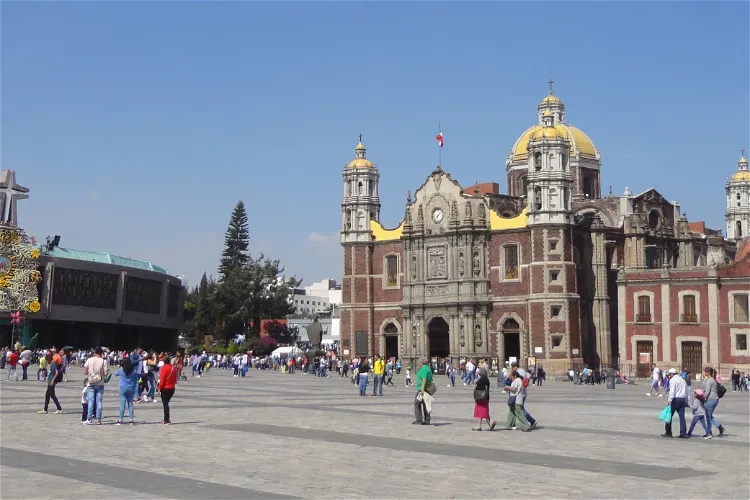
Basilica of Our Lady of Guadalupe
Mexico CityThe Basilica of Our Lady of Guadalupe, a Roman Catholic church, is the Catholic national shrine of Mexico. It is situated on the hill of Tepeyac in the Guadalupe district in the northern district of Gustavo A. Madero in Mexico City. This location is not only significant for its religious importance but also for its historical and cultural relevance.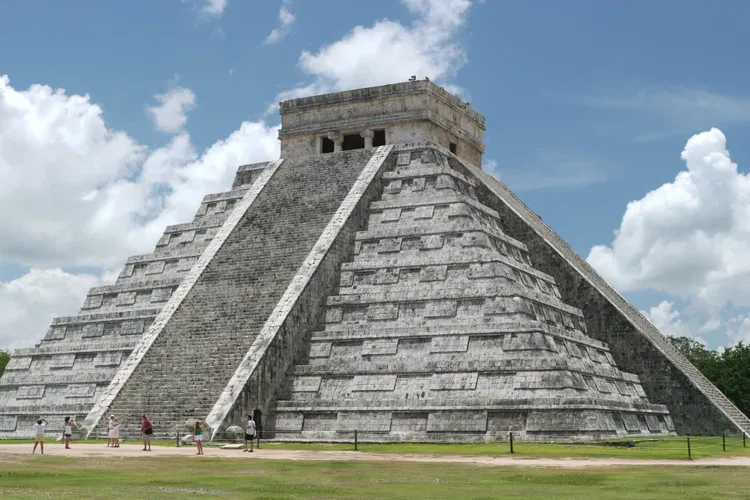
Chichen Itza
Chichen ItzaChichén Itzá, located west of Vallodolid on the Yucatán Peninsula in Mexico, was one of the most significant cities of the Mayans. The city is home to the pyramid of Kukulcán, a notable landmark. Recognized for its historical and cultural significance, Chichén Itzá is listed on the UNESCO World Heritage List.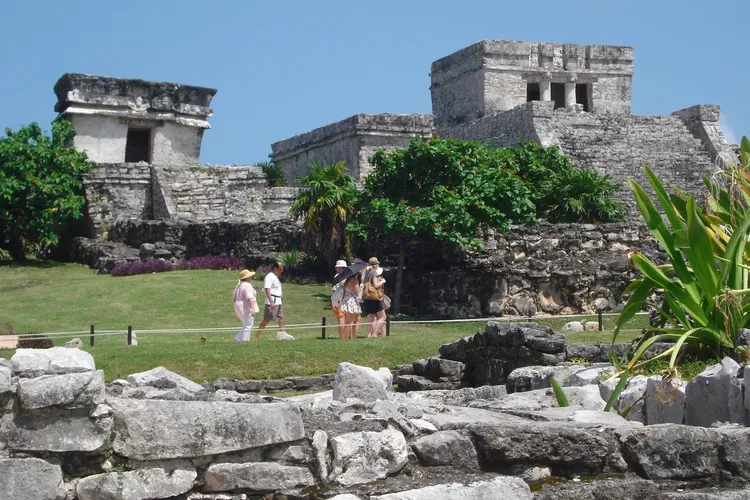
Mayan Ruins of Tulum - Zona Arqueológica de Tulum
TulumTulum, or Tulu’um as it's known in Mayathan, translates to 'Wall' or 'Fortress'. This ancient Mayan site is situated along the Riviera Maya, a beautiful coastal strip on the Caribbean coast of Mexico. Specifically, it's located in the state of Quintana Roo, approximately 130 kilometers south of the popular tourist destination, Cancún. This location makes it an accessible and intriguing site for those interested in exploring the rich history and culture of the Mayan civilization.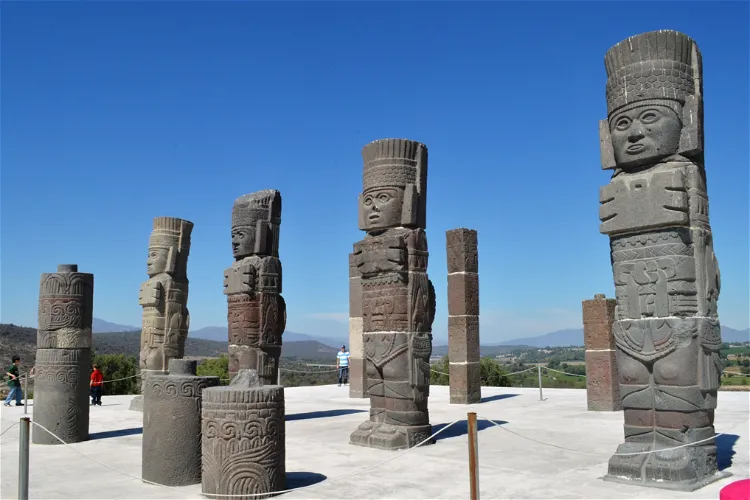
Tula Archaeological Zone
Tula de AllendeTollan-Xicocotitlan, more commonly known as Tula, was once the capital city of the Toltecs. It is situated in the northern part of the Valley of Mexico, in the present-day state of Hidalgo, near the contemporary city of Tula. This historical site offers a glimpse into the past, allowing visitors to explore the remnants of a once thriving civilization.
Templo Mayor
Mexico CityThe Templo Mayor was unique in its dedication to two gods simultaneously - Huitzilopochtli, the god of war, and Tlaloc, the god of rain and agriculture. Each deity had a shrine at the top of the pyramid, accessible by its own staircase. This dual dedication provides a fascinating glimpse into the Aztec's religious beliefs and practices.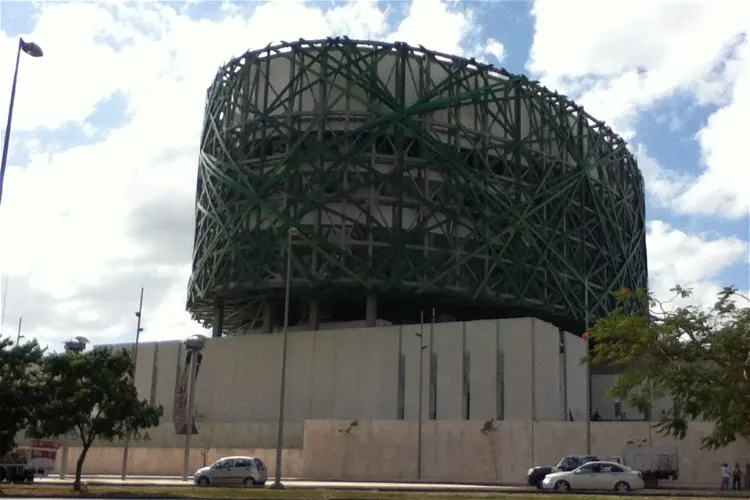
Gran Museo del Mundo Maya de Mérida
MéridaThe Gran Museo del Mundo Maya de Mérida, situated in Mérida, Yucatán, Mexico, was officially opened to the public on December 21, 2012. This museum is dedicated to the historical and present Mayan cultures, providing visitors with a comprehensive understanding of the rich Mayan heritage.
Casa Na Bolom
San Cristóbal de las CasasToday, Casa Na Bolom operates as a hotel, museum, and research center under the name Asociación Cultural Na Bolom. This non-profit organization is dedicated to protecting the Lacandon Maya and preserving the rainforest in Chiapas. Visitors can explore the museum, stay at the hotel, and learn about the ongoing research and conservation efforts.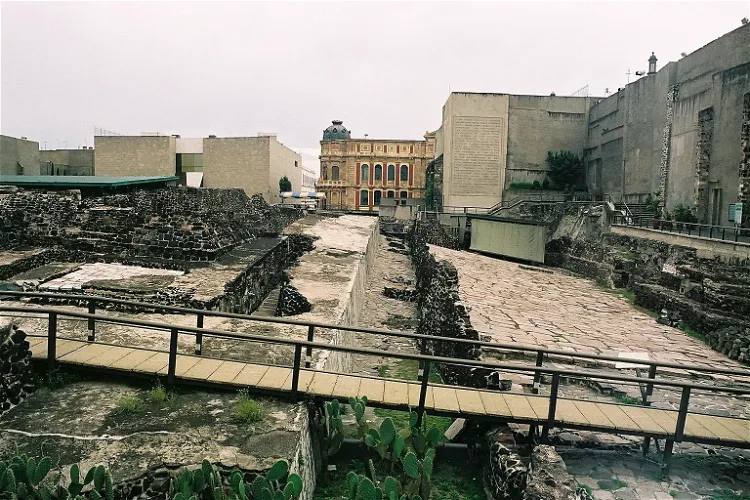
Templo Mayor Museum
Mexico CityThe Templo Mayor Museum is situated in the historic center of Mexico City, a location that was once the heart of the Aztec capital, Tenochtitlan. This museum is dedicated to showcasing the discoveries from the archaeological excavation site of Templo Mayor.- 9
Museo de Arte Colonial
MoreliaTake a guided tour and explore Michoacan's colonial art as well as old books, maps, collection of easel paintings and religious carvings. 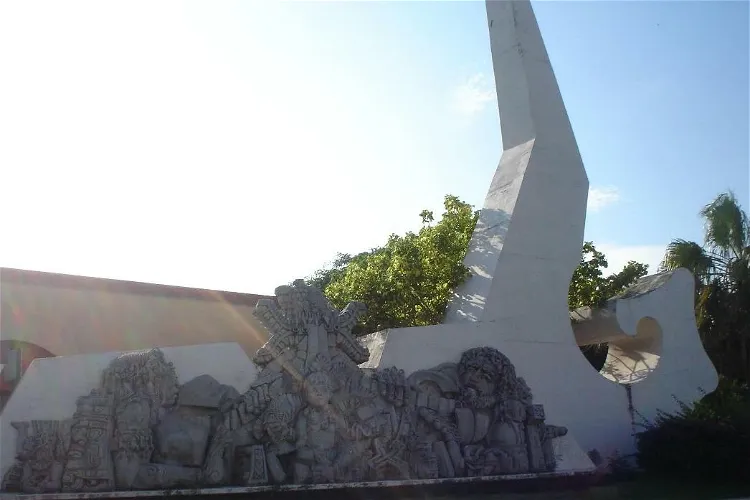
Museum of Mayan Culture
ChetumalThe Museum of Mayan Culture (MCM), situated in the Mexican state of Quintana Roo, is recognized as one of the most significant museums dedicated to the Mayan civilization in Mexico. It offers a comprehensive insight into the lifestyle, daily routines, architectural grandeur, calendar system, and worldview of the Mayan culture. The museum's unique and modern style, inaugurated on April 4, 1993, in Chetumal Quintana Roo, is designed around a central garden, providing access to various areas such as the temporary exhibition hall, auditorium, offices, warehouses, restrooms, and other services like a craft shop and bookstore.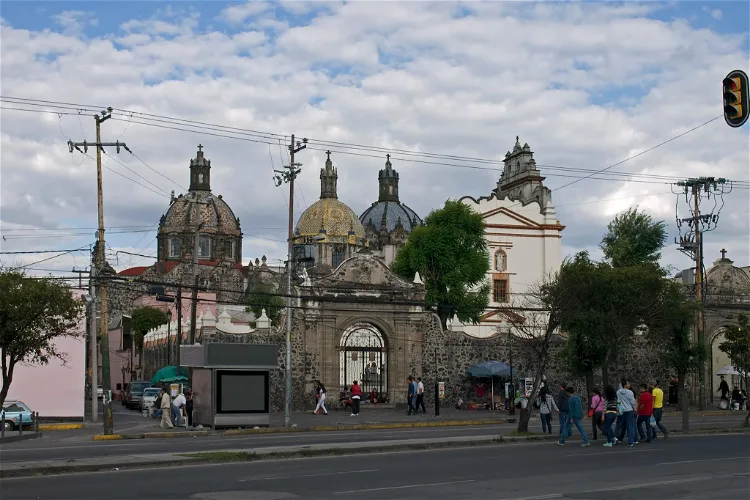
Museum of El Carmen
Mexico CityEl Carmen, located in the southern suburb of Mexico City, San Ángel, is a museum that was once a convent. This historical site offers a unique blend of religious and cultural history, making it an interesting destination for tourists interested in exploring the rich history of Mexico.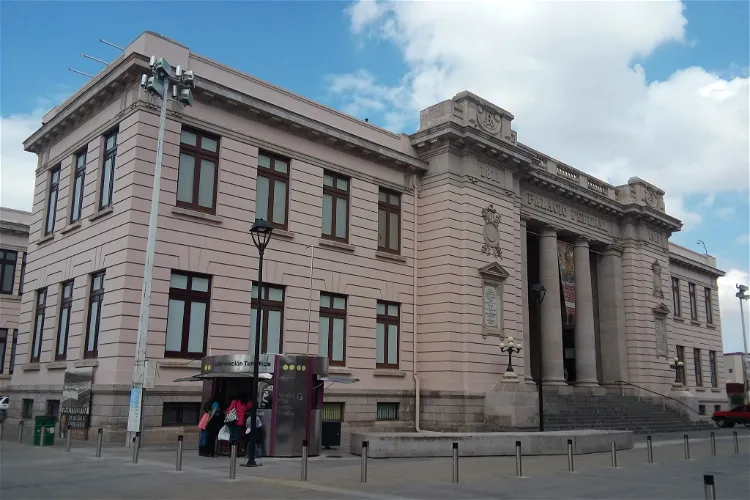
Casa Chihuahua
ChihuahuaThe Casa Chihuahua Centro de Patrimonio Cultural, previously known as the Federal Palace of Chihuahua, is a significant early 20th-century building located in the heart of Chihuahua, Mexico. This historic structure has played a crucial role in the city's past and now serves as a cultural heritage center.- 13
Museo de Cera de Guadalajara
GuadalajaraThe Museo de Cera de Guadalajara is situated in the historic center of Guadalajara city. This location makes it easily accessible for tourists who are exploring the city's rich history and culture. The museum's central location also means it is close to other attractions, restaurants, and accommodations, making it a convenient stop during your visit. 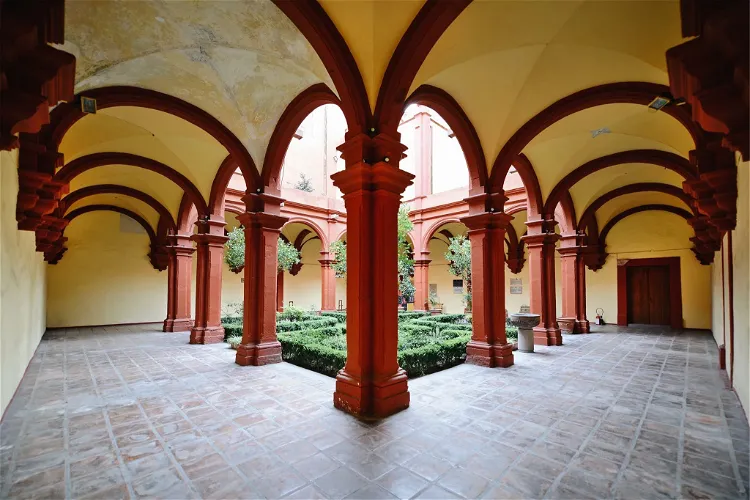
Museo del Virreinato
San Luis PotosiThe Museo del Virreinato is housed in a historical 18th-century building that was once the Convent of Discalced Carmelites. This museum is located in the city of San Luis Potosi, Mexico. The building's rich history and architectural beauty add to the overall experience of visiting the museum.
Bastion of San Pedro
CampecheEl Baluarte de San Pedro is a historical site located in the city of San Francisco de Campeche, Campeche, Mexico. This location is easily accessible and offers a unique insight into the history and culture of the region.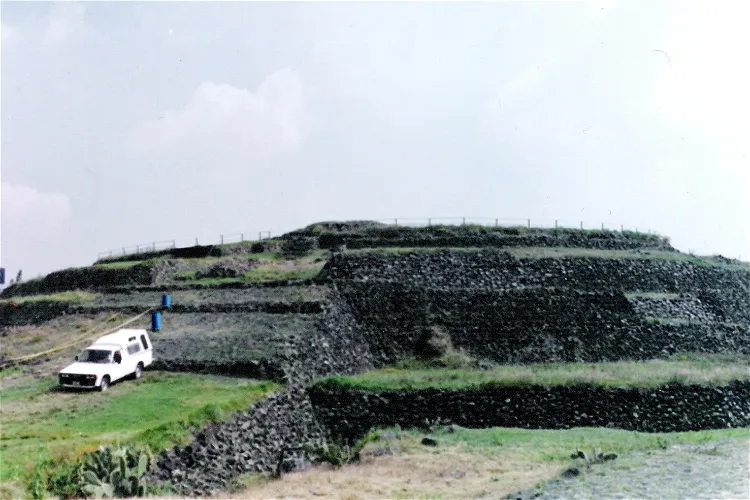
Site Museum Cuicuilco
Mexico CityCuicuilco is a pre-Columbian archaeological site located in the southern part of Mexico City, specifically in an area known as Pedregal de San Ángel. This ancient city was situated on the southern shore of Lake Texcoco, with the oldest remains dating back to around 1200 BC. The site was definitively abandoned around 150 AD.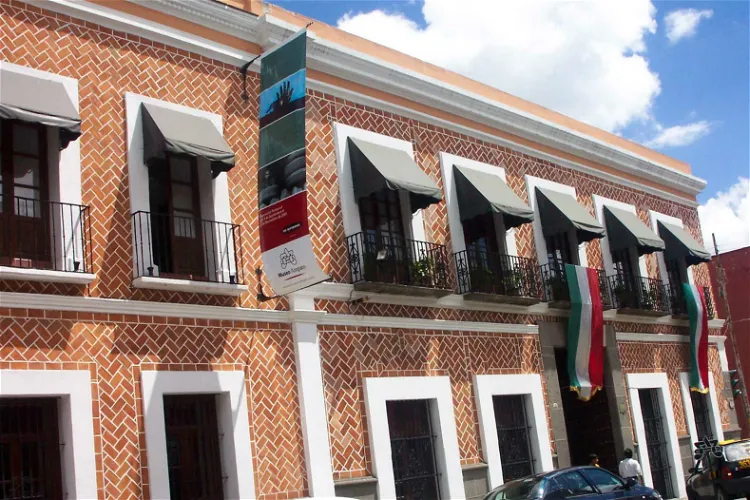
Amparo Museum
PueblaThe Museo Amparo, situated in the historic center of Puebla City, is recognized as one of the most significant historical museums in Mexico. Its location in the heart of the city makes it easily accessible for tourists, and its status as a key historical museum offers a rich insight into Mexico's past.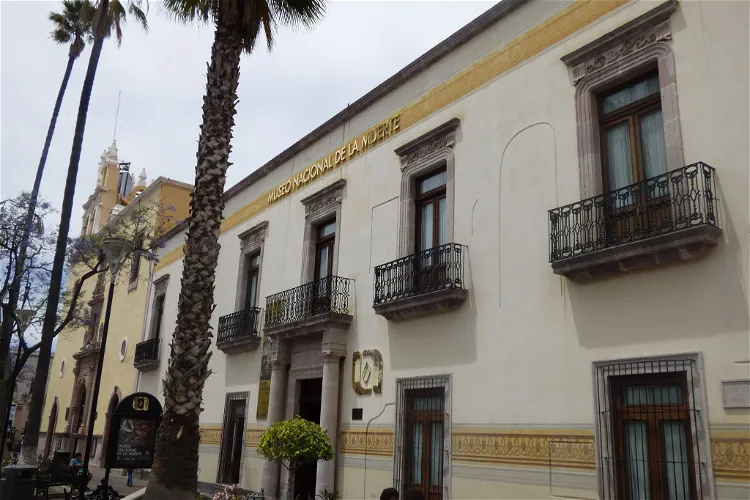
National Museum of Death
AguascalientesThe National Museum of Death, part of the Autonomous University of Aguascalientes, is situated in the heart of Aguascalientes, Mexico. This central location makes it easily accessible for tourists visiting the city. The museum is dedicated to the display and dissemination of objects related to the theme of death in Mexico.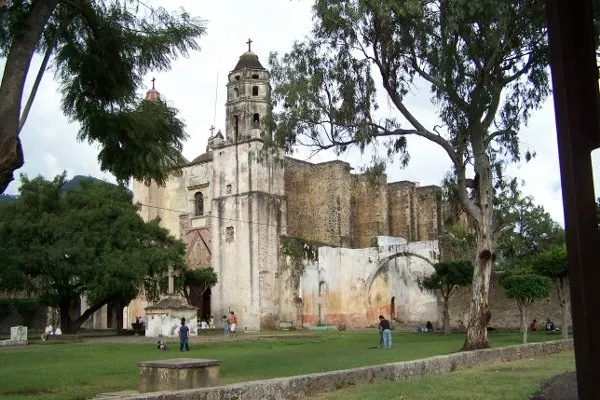
Former Convent of Tepoztlán
TepoztlánThe Ex Convent of Tepoztlán was constructed by the indigenous Tepoztecos under the orders of the Dominican friars between 1530 and 1540. The building was dedicated to the Virgin of the Nativity, which is why it is also known as the Museum of the Nativity.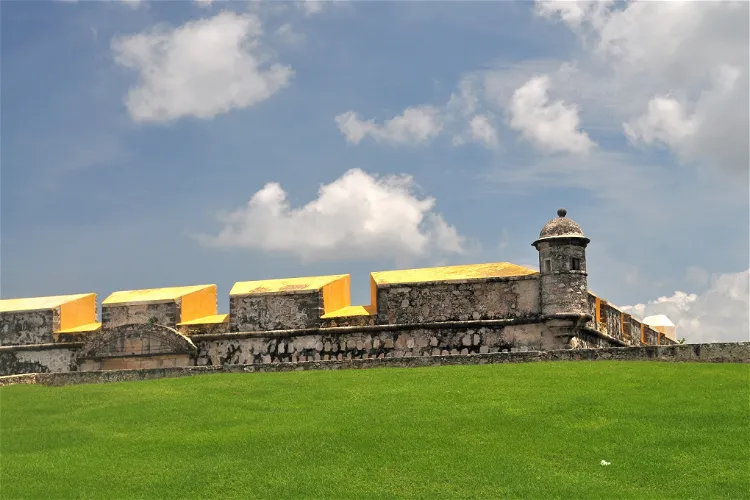
Museo de Arquitectura Maya Baluarte de Nuestra Señora de la Soledad
CampecheThe Museo de la Arquitectura Baluarte de la Soledad, also known as Museo de las Estelas, is a military construction located in San Francisco Campeche, Campeche. This museum is one of the possible representations of the eight that were built with the aim of uniting a stay protected by walls in the villa San Francisco.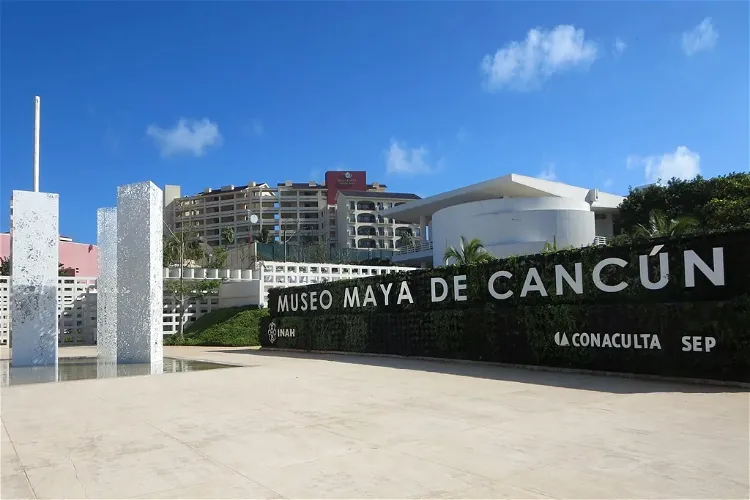
Museo Maya de Cancún
CancunThe Museo Maya de Cancún is a dedicated exhibition space for the Mayan culture. It is conveniently located at kilometer 16.5 of the Kukulcán Boulevard, in the Hotel Zone of Cancun in Quintana Roo, Mexico. This location makes it easily accessible for tourists staying in the area.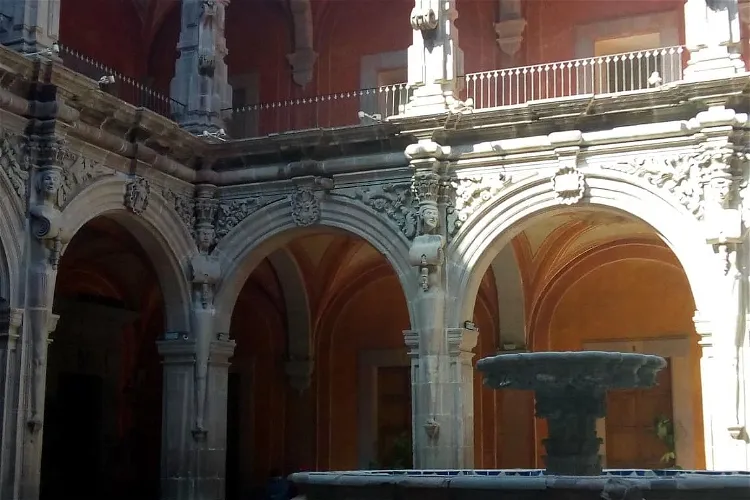
Museo de Arte de Querétaro
QuerétaroThe Museo de Arte de Querétaro boasts fifteen exhibition rooms that house both temporary exhibitions and a permanent collection. The permanent collection is composed of pictorial and sculptural works, spanning the historical period from the beginnings of the 17th century to the mid-19th century. This wide range of art pieces provides a comprehensive overview of the artistic evolution during this period, making it a worthwhile visit for art enthusiasts.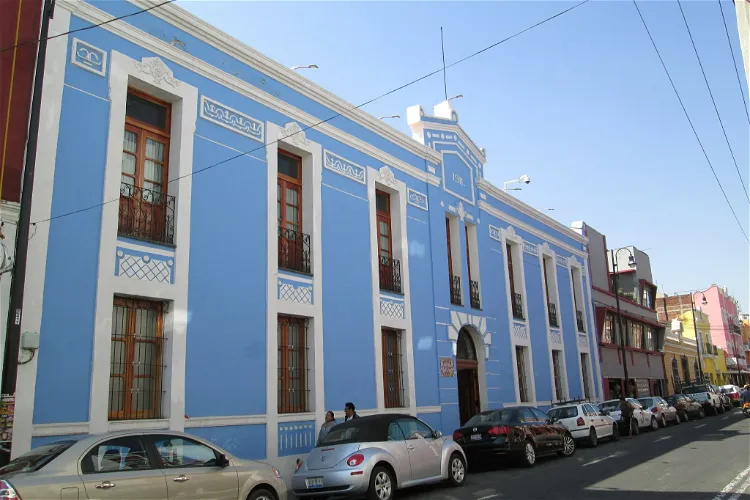
Museum of Religious Art Ex Convento de Santa Mónica
PueblaThe Museum of Religious Art Ex Convento de Santa Mónica is a sacred art museum situated in the City of Puebla. This museum is housed in a building that was constructed in the 17th century and was formerly the Convent of Santa Mónica. It offers a unique opportunity to explore the rich history and culture of the region through its extensive collection of religious art.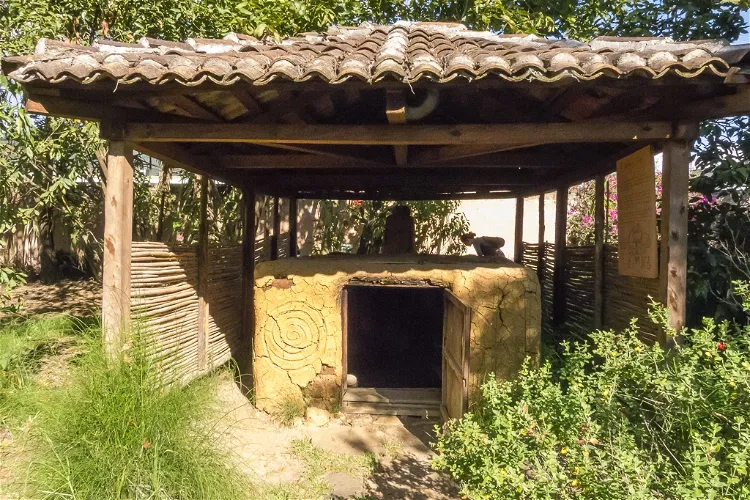
Museo de la Mecicina Maya
San Cristóbal de las CasasThe Museo de la Medicina Maya is a museum situated in the city of San Cristóbal de Las Casas, in the state of Chiapas. This location is known for its rich cultural heritage and is a popular destination for tourists interested in learning about the indigenous cultures of Mexico.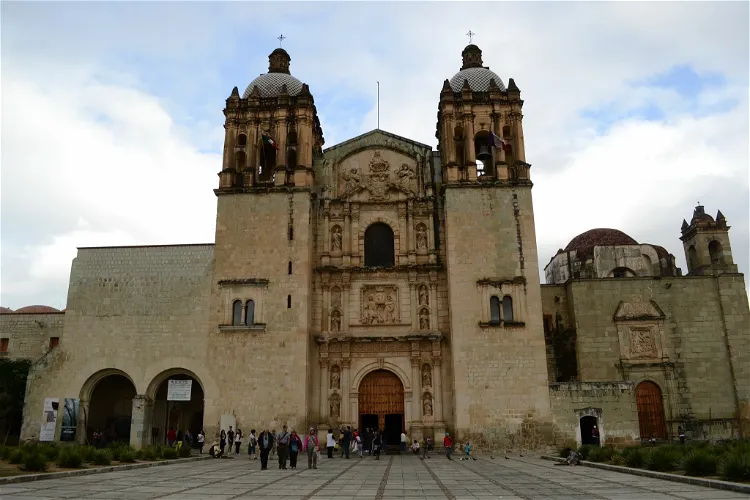
Church of Santo Domingo de Guzmán
OaxacaThe Church of Santo Domingo de Guzmán is a significant historical site located in the southern Mexican city of Oaxaca de Juárez. Situated approximately 1550 m above sea level, this former monastery and mission church is one of the most imposing structures of its kind.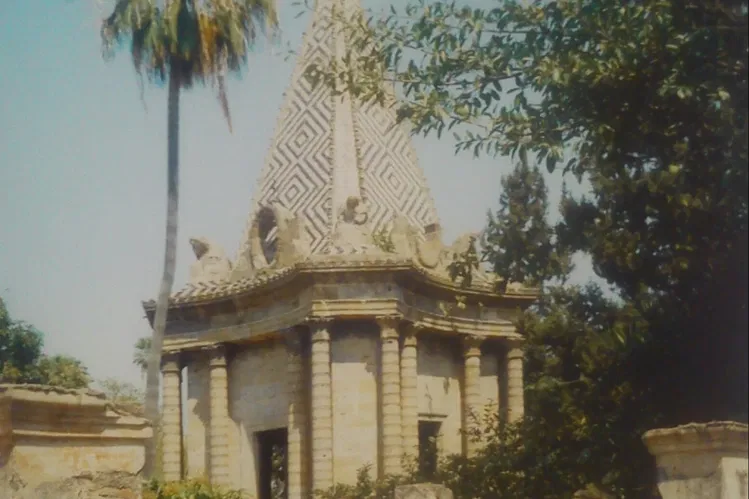
Panteón de Belén
GuadalajaraThe Panteón de Belén, also known as the Santa Paula Cemetery, is a historic site located in Guadalajara, Mexico. This cemetery is not just a resting place for the departed, but also a site rich in legends and folklore. It offers both daytime and evening tours, providing visitors with a unique opportunity to explore the history and stories associated with this place. The cemetery was opened in 1848 and formally closed for burials in 1896, but it remains open to the public for tours.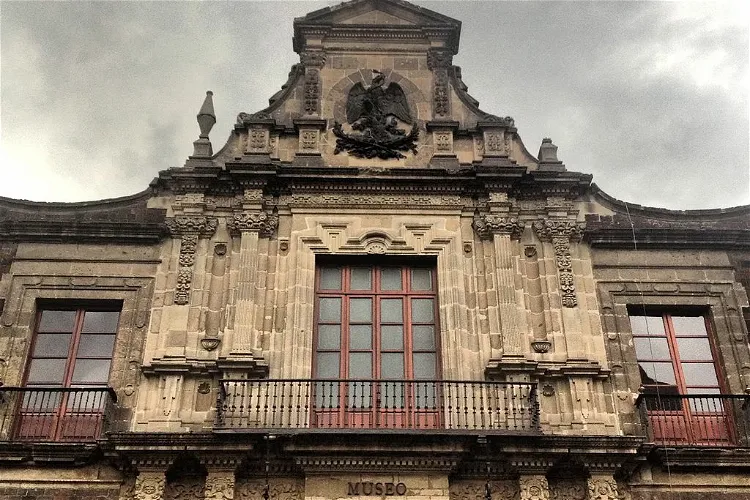
National Museum of World Cultures
Mexico CityThe National Museum of Cultures, located in Mexico City, is a national institution dedicated to educating visitors about the world's cultures, both past and present. It provides a comprehensive overview of various cultures, offering a unique opportunity to learn about the diversity and richness of human civilizations.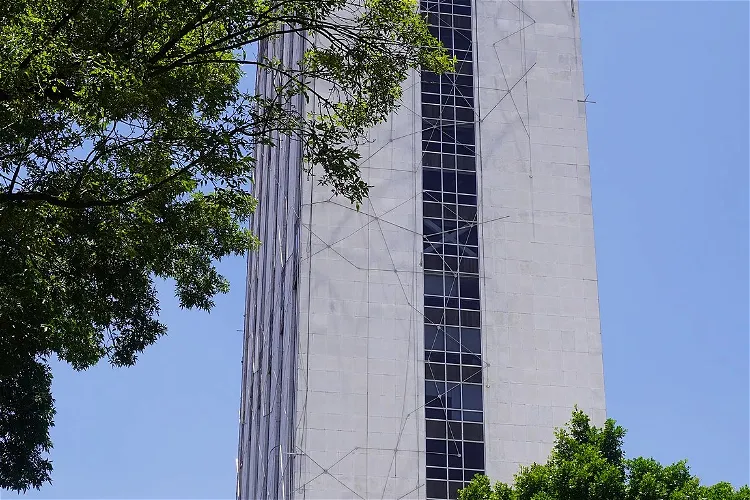
Centro Cultural Universitario Tlatelolco
Mexico CityThe Centro Cultural Universitario Tlatelolco, located in the Tlatelolco Tower, is a multidisciplinary space that belongs to the National Autonomous University of Mexico. It is dedicated to building innovative forms of public influence for peace, human rights, and the exercise of citizenship. This is achieved through memory, critical thinking, empathy, and artistic and cultural manifestations. The center promotes the study, research, and dissemination of topics related to art, memory, and resistance processes, as well as the cultural formation of the various publics and communities that frequent its spaces.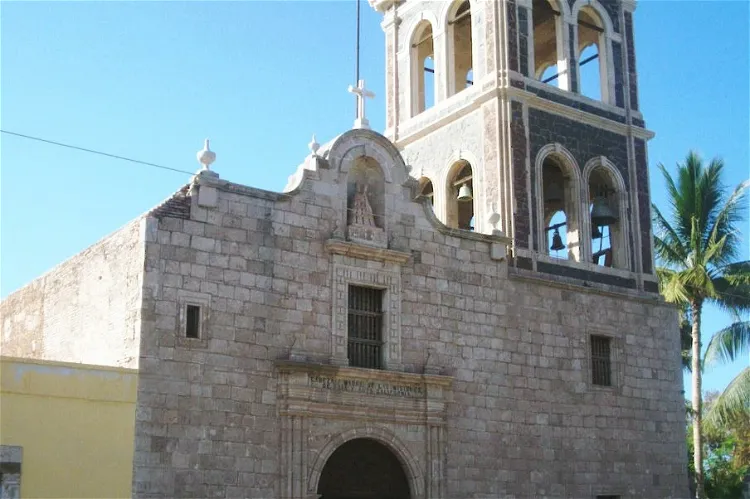
Jesuit Missions of Loreto Museum
LoretoThe Jesuit Missions of Loreto Museum is a significant cultural and historical site located in the city of Loreto, Baja California Sur, Mexico. It offers visitors a unique insight into the evangelization missions of the Society of Jesus in the Baja California Peninsula during the era of New Spain.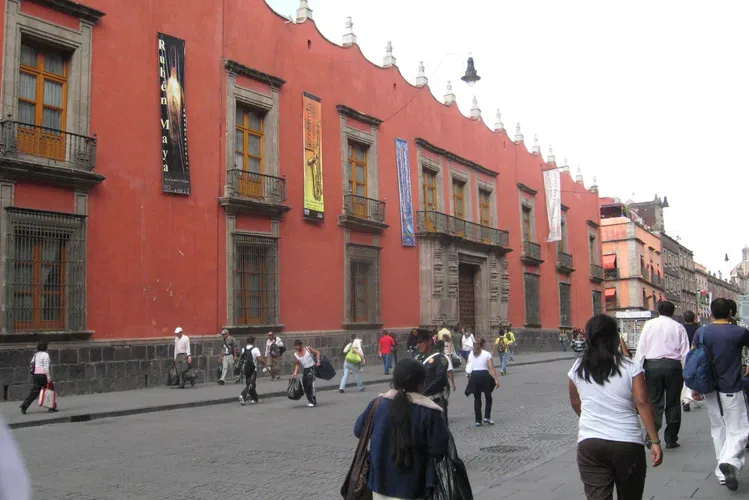
Museo de la Secretaría de Hacienda y Crédito Público
Mexico CityThe Museo de la Secretaría de Hacienda y Crédito Público, an art museum, is situated in the historic center of Mexico City. It is housed in the former Palacio del Arzobispado, a building with a rich history dating back to 1530. This location offers visitors a unique blend of art and history, as they explore the museum's collections within the walls of this historic building.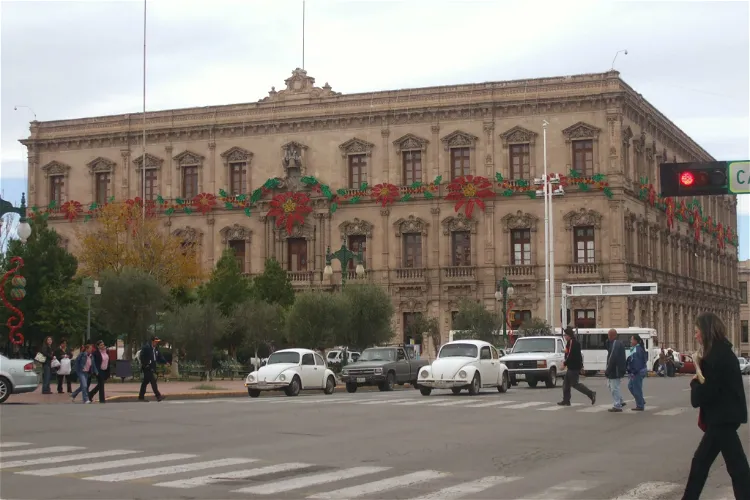
Government Palace of Chihuahua
ChihuahuaThe Government Palace of Chihuahua, a 19th-century building, is situated in the heart of the city of Chihuahua, Mexico. It is a significant landmark in the city, housing the executive offices of the governor of the state of Chihuahua. Until 2004, the state legislature also convened in this building.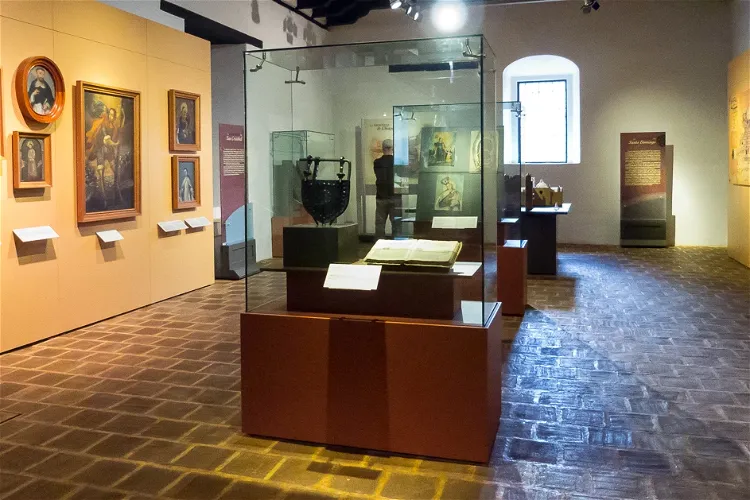
Museo de los Altos de Chiapas Ex Convento Santo Domingo de Guzmán
San Cristóbal de las CasasSituated in the convent, this museum has a lot to say about the rich history and culture of the state. Many archaeological finds on display.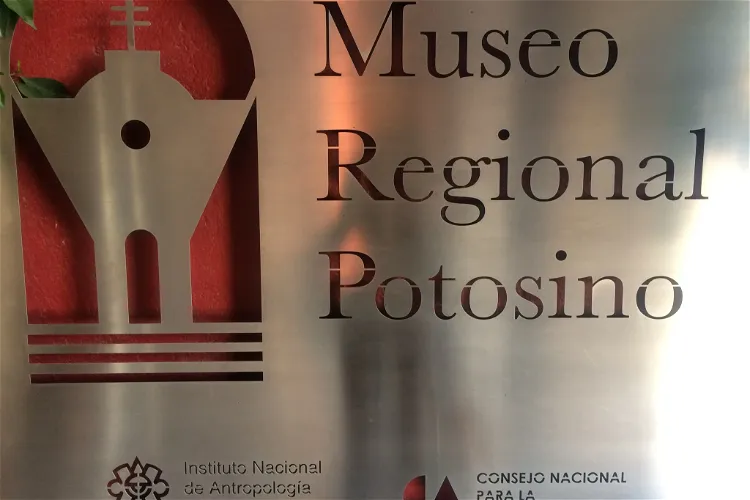
Museo Regional Potosino
San Luis PotosiPart of the Museo Regional Potosino is located in the old San Francisco convent, a historical building constructed in 1586. This location adds a layer of historical significance to the museum, as it is housed in a structure that has stood the test of time.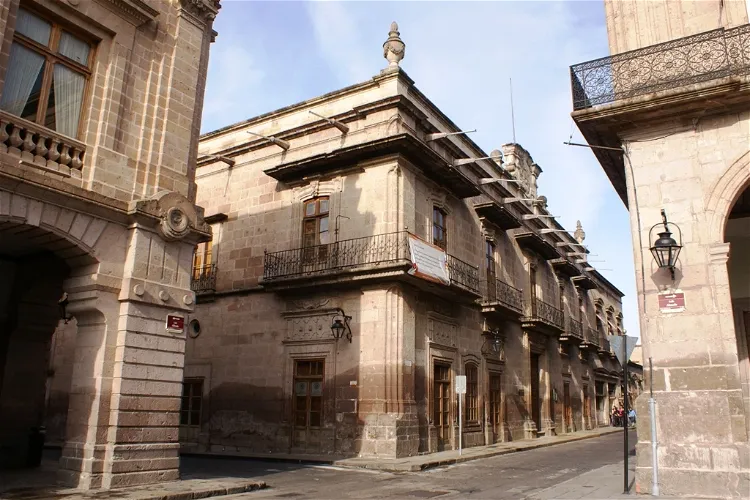
Museo Regional Michoacano
MoreliaThe Museo Regional Michoacano is situated in the Historic Center of Morelia, Michoacán, Mexico. The museum's primary focus is on the history of Michoacán, making it a significant cultural and historical site for visitors interested in learning about the region's past.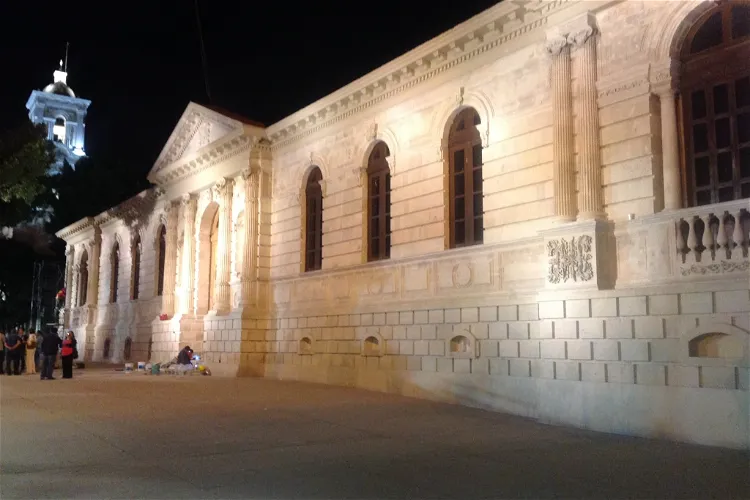
Museo Regional de Guerrero
ChilpancingoThe Museo Regional de Guerrero, located in the city of Chilpancingo de los Bravo, Guerrero, is a historical building constructed in 1902 during the presidency of Porfirio Díaz. This museum has served various roles throughout its history, including as the Government Palace of the State of Guerrero until 1972, and as the Municipal Palace until 1985. In 1986, it was declared a Historic Monument and the following year, it was inaugurated as the Museo Regional de Guerrero, which continues to operate to this day.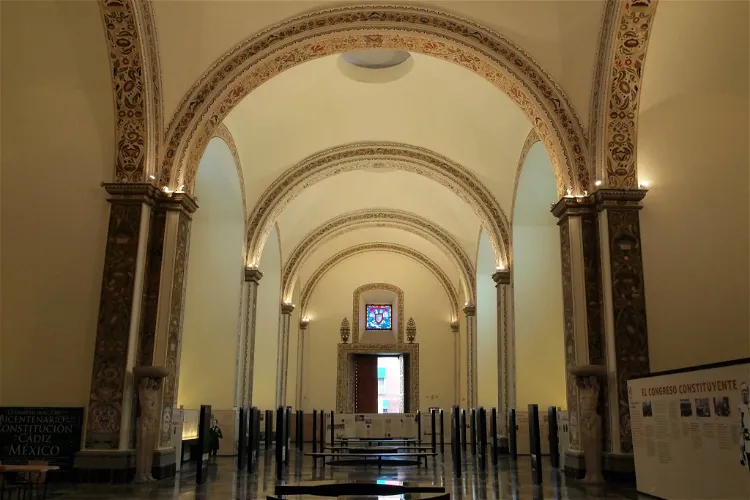
Museo de las Constituciones
Mexico CityThe Museo de las Constituciones, located in the historic center of Mexico City, is housed in the old Temple of San Pedro and San Pablo. This site holds historical significance as it was here that the first constitution of Mexico was approved in 1824. This museum is dedicated to showcasing the constitutional history of Mexico and promoting its study.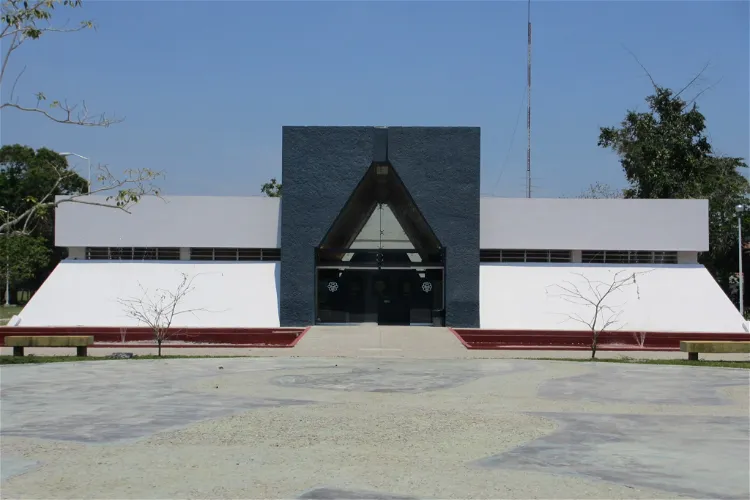
Site Museum Comalcalco
ComalcalcoThe Comalcalco Site Museum is an archaeological museum situated within the Comalcalco archaeological zone in the Mexican state of Tabasco. It offers visitors a unique opportunity to explore the rich history and culture of the Mayan civilization. The museum is home to over 600 artifacts from this ancient city, providing a comprehensive overview of the Mayan world.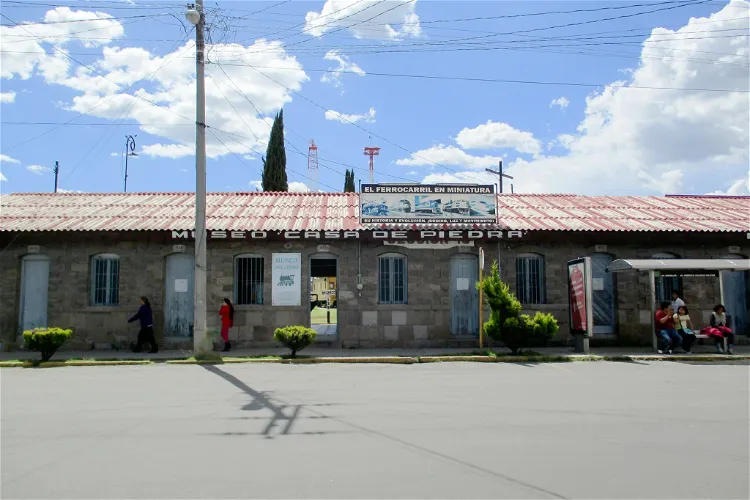
Stone House Museum
ApizacoThe Stone House Museum, known as El Museo Casa de Piedra, is situated in the old station of the city of Apizaco, Tlaxcala. This location adds a unique historical charm to the museum, making it a fascinating place to visit for those interested in the history and culture of the region.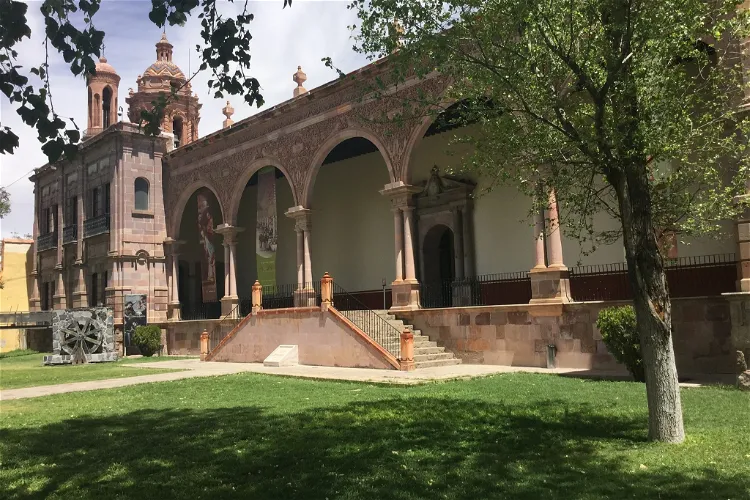
Museo de Guadalupe
GuadalupeThe Museo Regional de Guadalupe is recognized as one of the most significant art museums in Mexico. Since 2010, it has been a part of the Camino Real de Tierra Adentro, a site that is listed as a UNESCO World Heritage Site.
Museo Regional de Nuevo León El Obispado
MonterreyThe Museo del Obispado, also known as the Museo Regional del Obispado, is a cultural institution that is committed to preserving and promoting the artistic, historical, and cultural heritage of the Nuevo León region. This museum is housed in a building that was originally constructed for religious purposes and has served various roles throughout history, including a military barracks and fortress, a leper colony, and a cabaret, before being converted into a museum in 1956.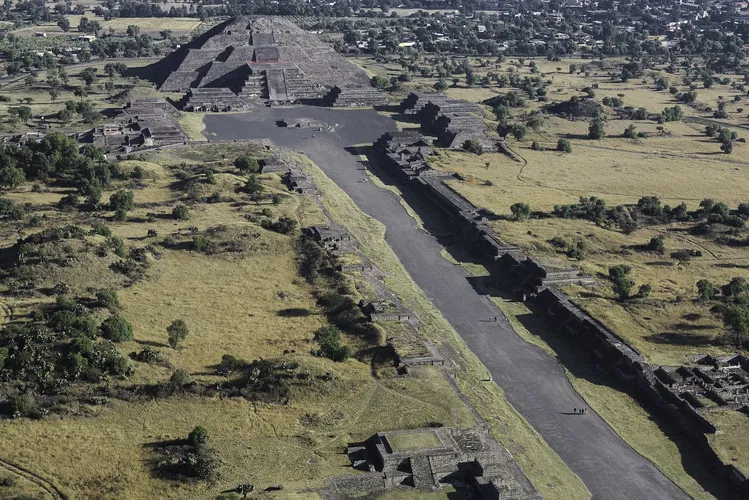
Teotihuacan
TeotihuacánTeotihuacan, located in North America, is one of the most renowned cities from the pre-Columbian era. The identity of its founders and the reasons behind its sudden abandonment are still shrouded in mystery. However, its historical and cultural significance has been recognized globally, with UNESCO declaring it a World Heritage Site in 1987.- 42
Museum of Death
San Juan del RíoDon't miss the unique museum of death situated on the old cemetery and learn about burial rituals of Mexican natives. - 43
Museum of Cultures of the West María Ahumada de Gómez
ColimaTake a guided tour and learn about the cultural, religious and historical heritage of indigenous pre-Hispanic tribes. - 44
Museo de Arte Popular Ex-Convento de Santa Rosa
PueblaWhat used to be a monastery in the past has been changed into a popular cultural center and a museum. Admire traditional poblano artworks. - 45
Museo de los Yaquis
CócoritThe Yaquis Museum, located in the town of Cócorit, Sonora, is a cultural space that offers a comprehensive insight into the Yaqui people's culture and history. The museum consists of 11 thematic rooms, each dedicated to a different aspect of the Yaqui culture, including their worldview, territory, traditional festivals, music and dance, ethnography, government, medicine, and daily life. The exhibits span from the origins of the Yaqui people to the 20th century, highlighting their periods of struggle and survival. - 46
Cocoa Eco-Museum
TiculIf you are interested in the Mayan civilization and its relation to cocoa, then visit this intriguing museum. Experience Mayan ceremonies!